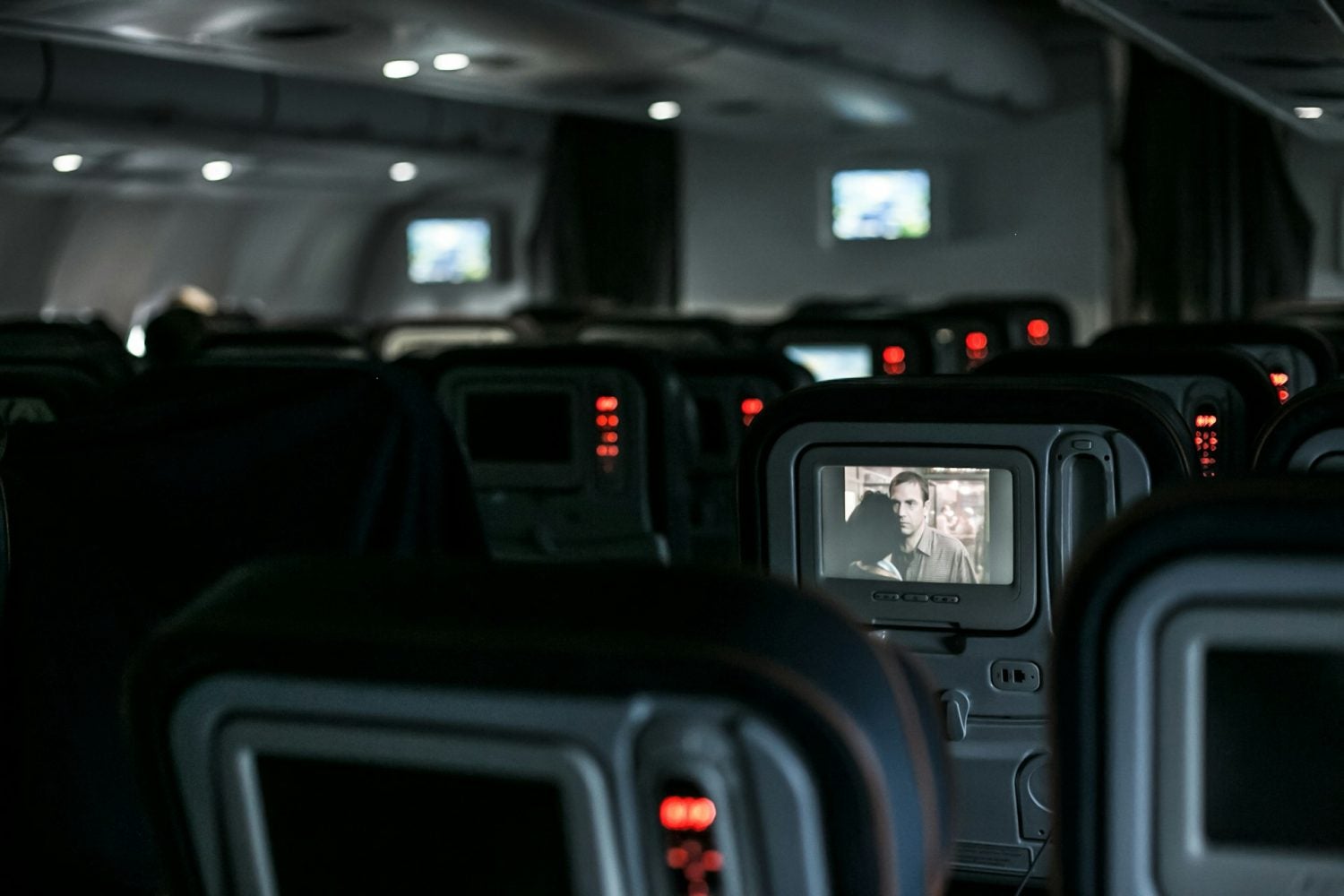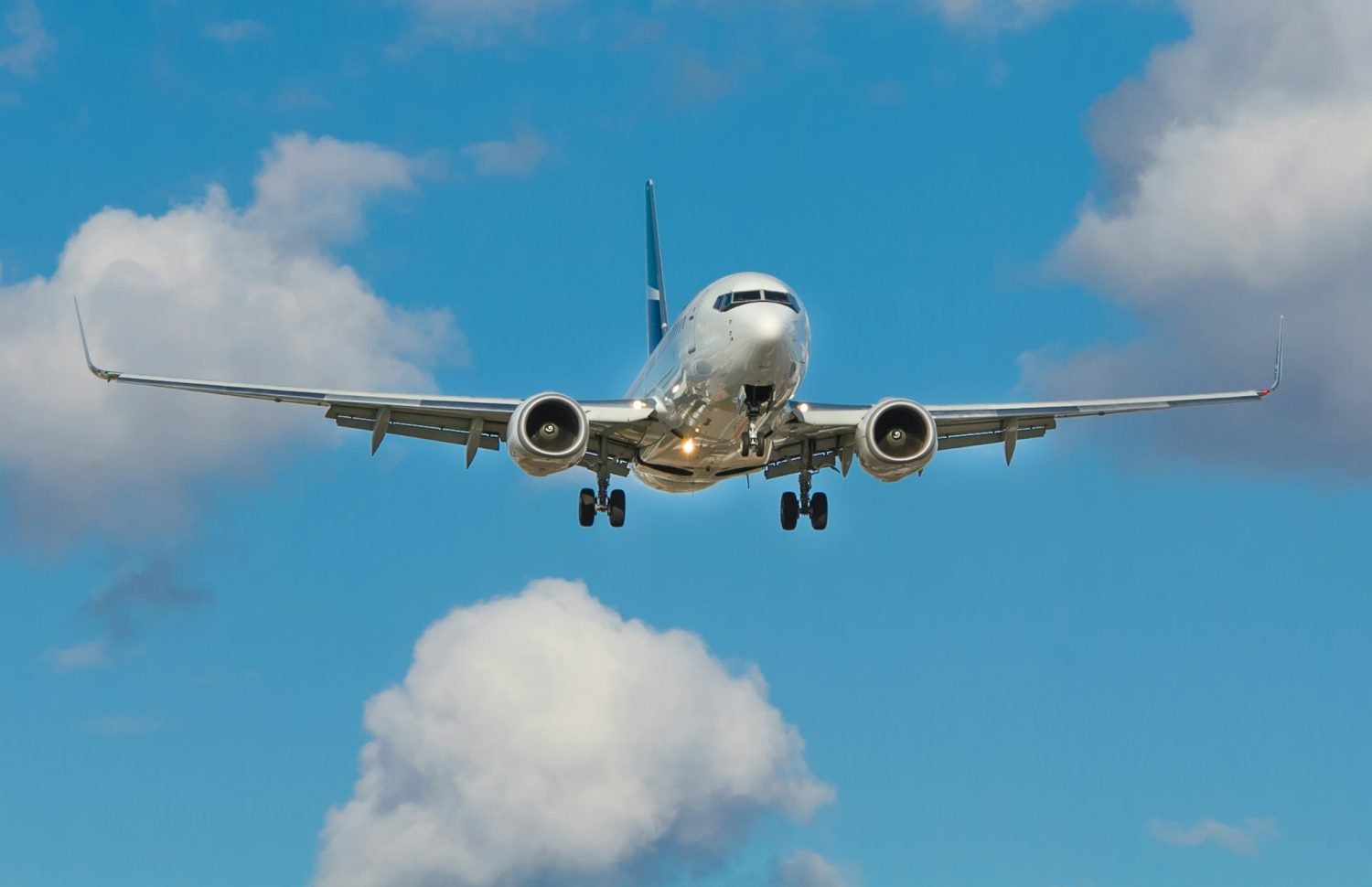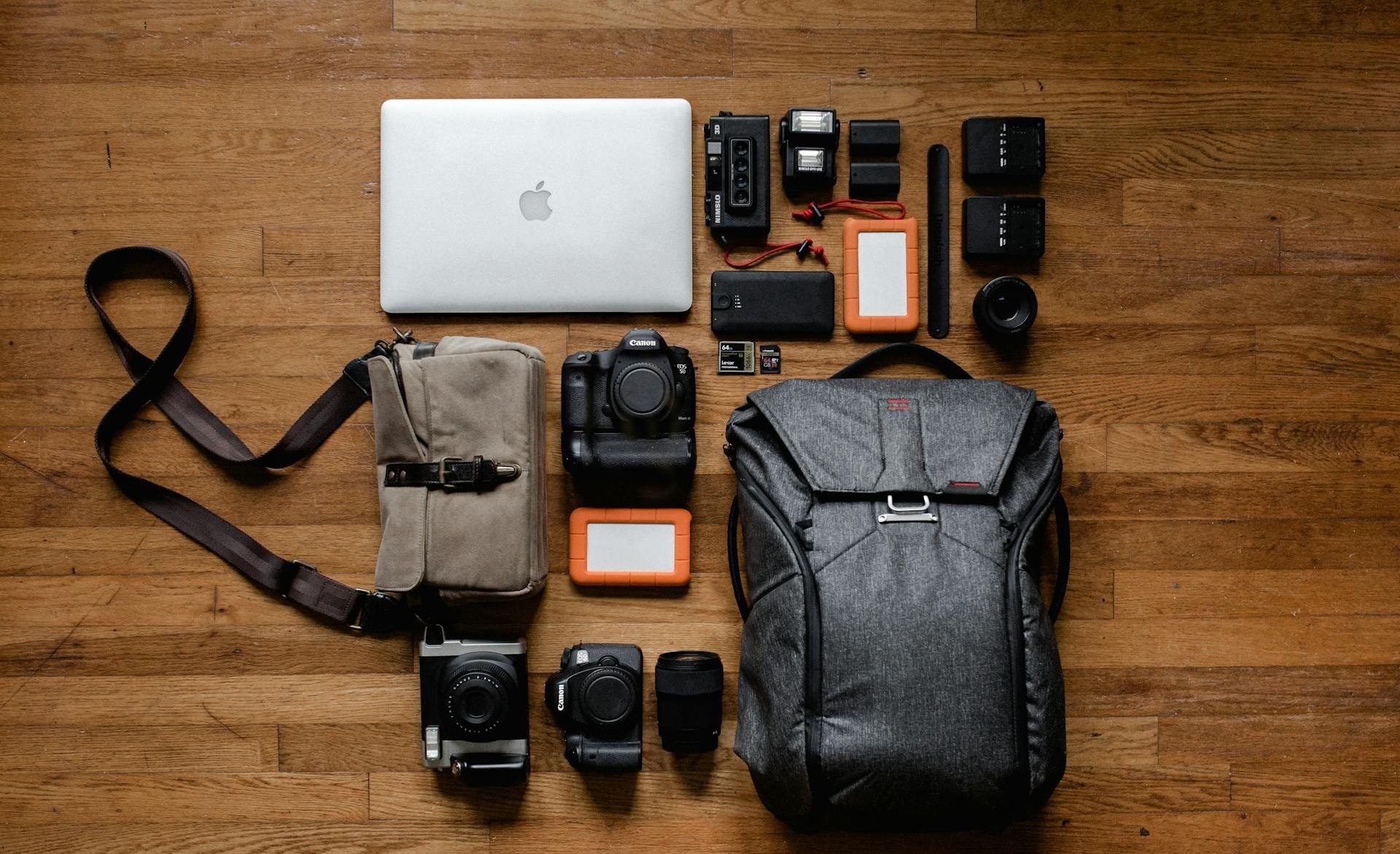As time passes, it is quite strange to reflect on the past year and perceive how things are.
Over the past few years, air travel has undergone a significant transformation. Even a slight change has a huge impact on our lives. In this blog post, we are reviewing some of the major changes in air travel during the last decade.
Technology and enhanced accessibility have a major impact on Modern air travel. Key modifications include the advent of digital travel planning, increased use of biometrics for security and boarding purposes. Some of these changes have made air travel smoother and personalized. But it also requires travellers to cope with new expectations.
Listed below is a breakdown of how air travel has changed and what travellers need to know
- Digital Transformation and Personalized Experiences
Digital Travel Planning
At present, travellers rely on apps and online portals to book flights. Besides, they can track accommodations.
Personalized Experiences
Airlines depend on data to ensure tailor-made services for the guests. Offering personalized catering to particular dietary requirements is included.
Instant Means of Communication
A major highlight while traveling is the ability to stay connected with family. This led to increased demand for in-flight Wi-Fi and mobile connectivity.
- Biometrics and Enhanced Security
Biometric Boarding
Face recognition and fingerprint scanning replaced traditional boarding passes. The boarding process is carried out smoothly with increased security.
Enhanced Security
Biometric systems are also designed for verifying identity at various security checkpoints. As a result, it minimizes the waiting period while improving the overall airport experience.
- In-flight comfort and Entertainment

In-flight Wi-Fi
Airlines are focusing on satellite-based systems. During the journey, the internet can be accessed at high speed. This allows passengers to stay connected.
Improved Entertainment
There is a huge demand for in-flight entertainment amongst travellers around the globe. A range of movies and TV shows can be accessed for free.
Premium Services
At present, most airlines are providing comfortable seating options, including fully reclining seats and premium economy offerings, making better accessibility to access premium services.
- AI-Driven Concierge Services
Today, some of the airlines provide AI-powered concierge services that offer real-time updates. Besides, it would enable passengers to carry out requests directly from their smartphones.
- Modifications in Services and Facilities
Reduced Meals
Although meals are still served, some airlines have reduced them on short flights. Instead, they offer a single hot meal and snacks.
Cockpit Visits
Cockpit doors are coded and highly secured. For visits, the captain’s discretion is needed.
Enhanced Rights
The Department of Transportation is aiming to improve the rights of travelers. They make sure that passengers receive compensation along with support in case of emergencies, such as cancellations.
- Rising Technologies
AI-powered Solutions
AI is being leveraged to improve airport operations, anticipate wait times, and personalize passenger experiences.
Automation and Robotics
Robotics and Automation help optimize airport processes and security. It improves baggage handling as well.
What travellers should know to adjust to these changes?
- Be Prepared for a Digital Travel
Travellers must be familiar with travel apps and online booking portals. Plus, they need to make sure that their devices are fully charged and connected for in-flight entertainment.
By gaining in-depth knowledge about these changes, travellers can ensure a smooth and safe air travel experience.
- Acknowledge Biometrics
Passengers must be prepared to take advantage of biometric identification at the check-in and boarding areas.
- Plan for In-Flight Connectivity
You have to verify whether the airline provides in-flight Wi-Fi and entertainment options. Plus, travelers must be prepared to pay for it if required.
- Understand New Rights
As air travellers, one must be aware of their rights, particularly regarding delays and cancellations.
- Stay Informed
Individuals should be updated about the latest travel norms and airline policies.
Increased Demand for Air Travel Post-Pandemic
Despite fears of lasting changes in travel habits owing to the pandemic, the demand for air travel has escalated at an alarming rate. People are eagerly waiting to reconnect with their loved ones, go on vacations, and resume business meetings. Even domestic flights have exceeded pre-pandemic levels.
Airlines are facing significant challenges and opportunities. So, they had to scale their operations in spite of staffing shortages and issues related to the supply chain, since they focus on meeting this renewed demand. These airlines must adjust with offerings in order to serve the returning market share in an effective manner.
Rising Opportunities and Challenges in the Aviation Industry
The ongoing changes in the air travel landscape provide new opportunities for airlines. They will be able to develop better digital experiences and personalized services as consumer preferences continue to evolve. The advent of telecommuting led to the growth of “bleisure travel”, enabling business travelers to enjoy their leisure time.
But, airlines are facing considerable challenges since consumers are searching for sustainable options. Evenly balancing profit with environmentally friendly practices necessitates investment and technology. The presence of low-cost carriers pressurizes conventional airlines to rethink pricing and services. As a result, strategic changes and adaptability are essential to succeed in this constantly evolving sector.
Tactics and Response of Airlines to the New Normal
Airlines must focus on reassessing their operations and objectives as they evolve after the pandemic’s challenges in travel.
Reexamining Operations and Future Objectives
Airlines are forced to rethink their existing operations owing to the weakness exposed by the pandemic. They have to aim towards fleet management, optimization of routes, and develop scheduling to enhance efficiency and meet rising demand.
Also, airlines must gear up for long-term goals that sync with consumer expectations. It consists of investing in cutting-edge technology, such as automation and predictive analysis, to facilitate processes and reduce costs.
Airlines have to innovate in a consistent manner while implementing smart practices in order to respond instantly to challenges. Also, utilize technology for better insights, thereby improving customer experience and operational efficiency.
Conclusion
Airlines should cope with the changing consumer expectations owing to the pandemic. Flexibility is crucial to handle obstacles during post-pandemic recovery and obtain long-term success.

















